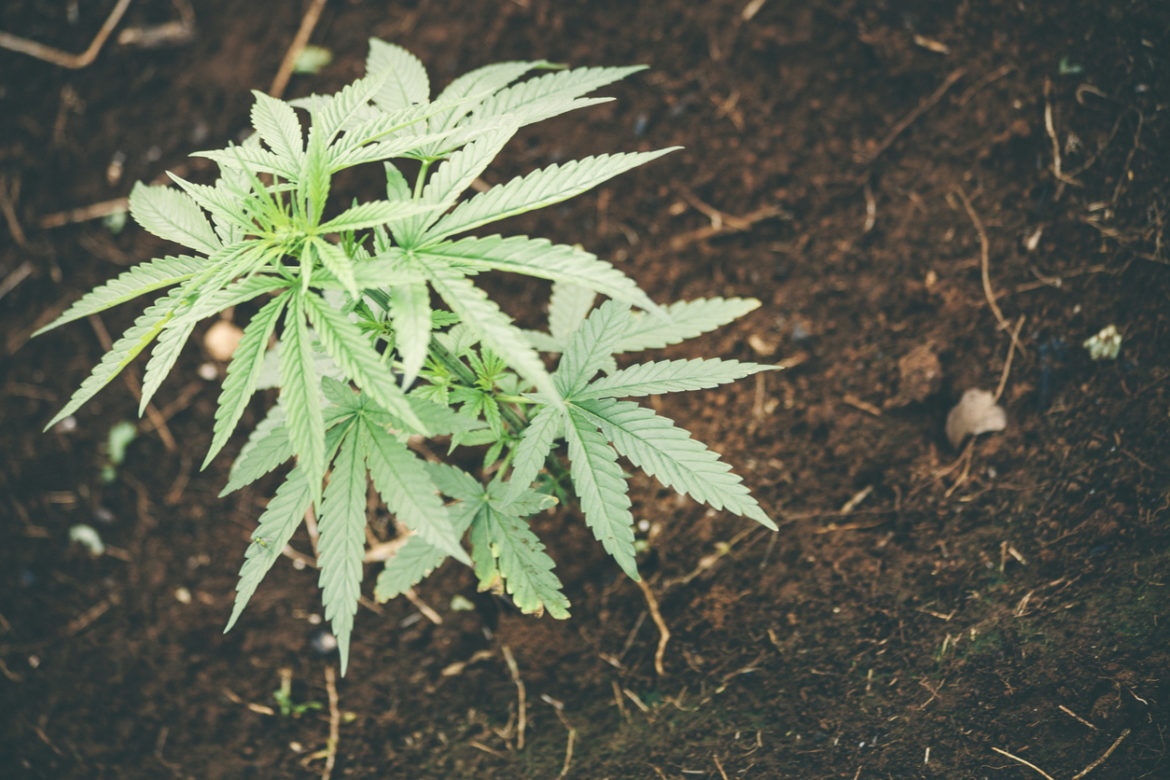
Is Your Cannabis Fertilizer Up to Par?
As the cannabis industry has grown by leaps and bounds over the last few years, more information is becoming available for growers and buyers on best practices for plant cultivation and consumption. While the CA cannabis industry insurance coverage options address losses associated with crop failure or product quality, it is much better to proactively address areas of concern during the plant’s life cycle. This route can help you avoid the loss of consumer or partner trust in your business. One of the key areas to pay close attention to is that of cannabis fertilizer.
Why Does Cannabis Fertilizer Matter?
To develop a healthy crop with good yield and potency, fertilization management must be a company priority. For the successful cultivator, there needs to be a delicate balance of art and science to deliver the plants’ nutrients in the most effective manner. While cannabis requires several nutrients and minerals to thrive, there are three major nutrients. These include:
- Nitrogen (N)
- Phosphorus (P)
- Potassium (K)
What Should a Fertilizer Routine Include?
According to what has been termed the NPK rating, fertilizers deliver the key nutrients, and the rating and quantity of the nutrients differ according to growth stages. The other nutrients required for a healthy plant remain more constant.
Nitrogen
This is element has a significant impact on general plant growth. Levels that are too low will stall plant growth, and if left uncorrected, will stunt the plant. It is common for indoor or greenhouse growers to find the typical substrate too low in the nutrient. This leads to noticeable signs of leaf yellowing within the first two to three weeks. Conversely, levels that are too high create thick, lush leaves rather than healthy flower buds. Higher levels of nitrogen are recommended when the plant is in the developmental stages.
Phosphorus
This nutrient contributes to how long a stem grows and how much branching occurs on the plant. Healthy levels create a bigger canopy and full plant architecture, while low levels of Phosphorus result in less floral material, stunted growth, and shorter, less lush branching canopy. Limited phosphorous leads to lead purpling or olive-green spots that develop in irregular patterns along the lower hanging and older leaves.
Potassium
This nutrient aids in the development of strong stems and creates the energy production needed for photosynthesis. Deficiencies lead to yellowing in the leaf margins, particularly on the sawtooth areas of leaflets. Older, lower foliage shows the earliest signs. Progressive damage reveals more intense yellowing that moves toward the midrib.
Though helpful, growers don’t want to rely on marijuana insurance or other forms of CA cannabis industry insurance to cover the losses that occur from a poor growth cycle and harvest. Spending more time on fertilization management can reduce the risk of losing the crop to malnutrition.
About CannGen Insurance Services
For more information about our comprehensive insurance solutions for the cannabis, CBD, and hemp industries, please visit our website at www.canngenins.com or email marketing@canngenins.com.


 US
US
 US
US
 CA
CA
 EU
EU
